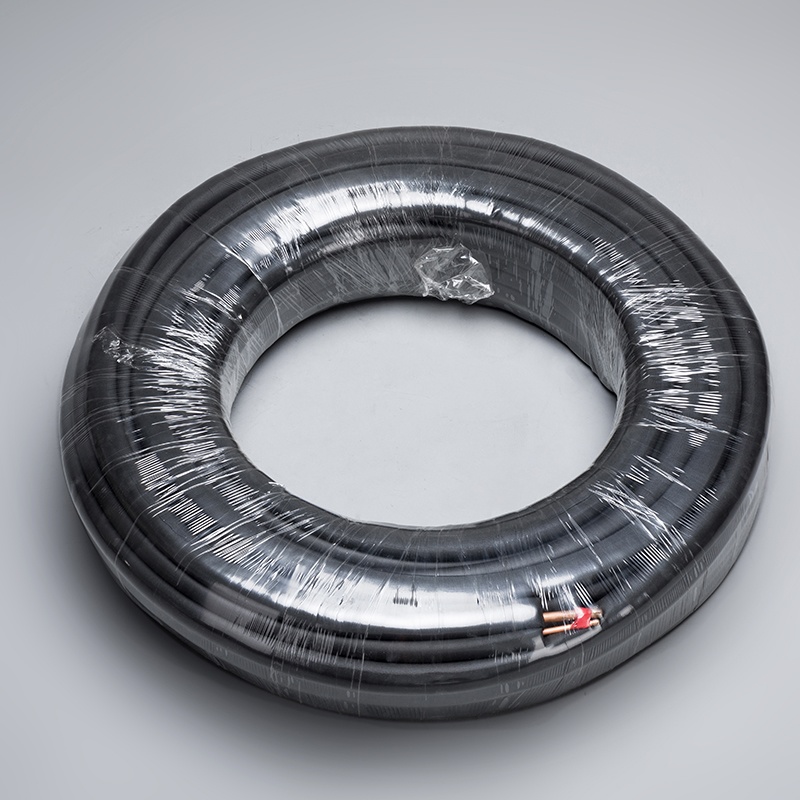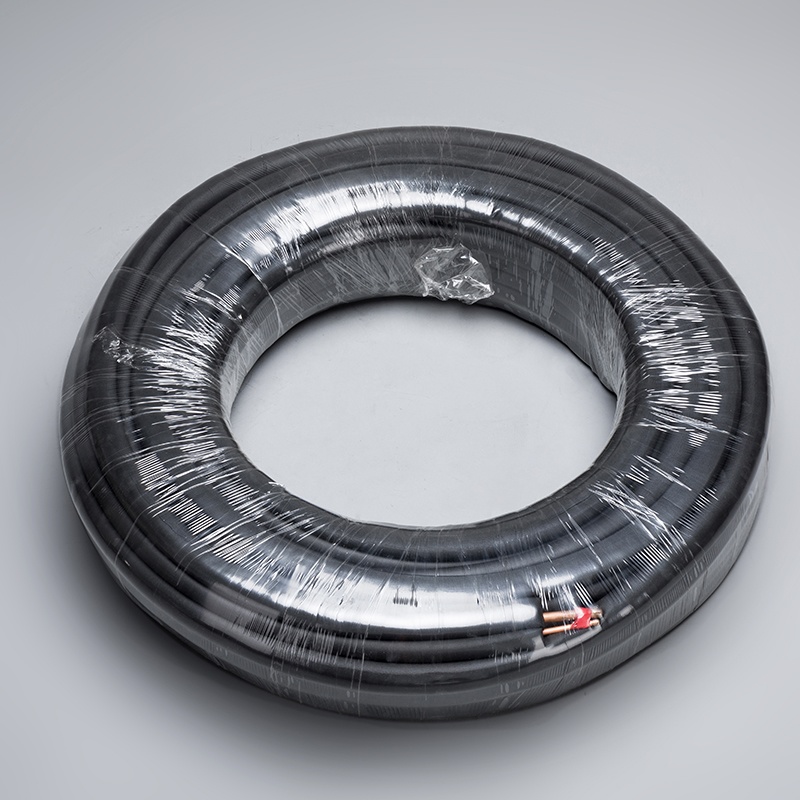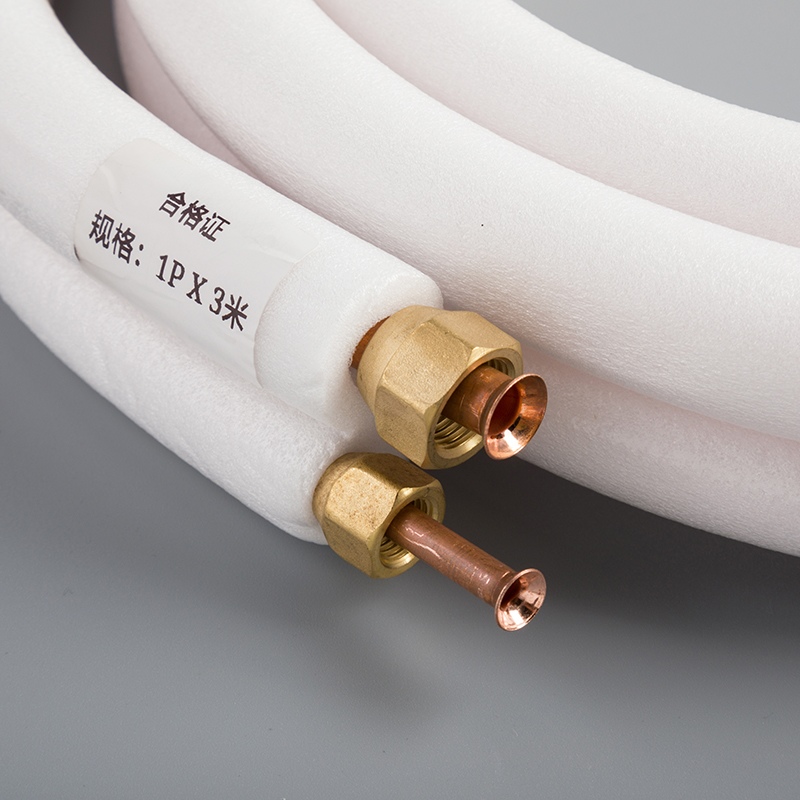How to Cut Copper Pipes Cleanly: A Step-by-Step Guide

When working with copper pipes, achieving clean cuts is crucial for the integrity of your plumbing system. Rushing the cutting process can lead to mistakes and uneven cuts that may compromise the copper pipe fittings' reliability. After you cut a copper pipe, sharp edges and burrs may form along the cut surface, hindering proper connections and potentially causing leaks. To ensure a smooth edge for secure fittings, using a deburring tool is essential. Copper pipes are favored for their durability and longevity in plumbing systems; hence, precise cuts are paramount for optimal performance. Your safety is a priority when handling copper pipes; protective gear like safety glasses and gloves are necessary safeguards against potential hazards. Whether you're working on a copper mountain half pipe or making a copper pipe slice, always prioritize precision and safety.
Tools and Safety

Essential Tools
When it comes to cutting copper pipe fittings, having the right tools is crucial for achieving clean and precise cuts. Here are the essential tools you'll need:
Pipe Cutter
Pipe cutters are a popular choice for cutting copper pipes due to their simplicity and accuracy. To use a pipe cutter, insert the pipe into the tool's jaws and tighten the screw until it grips the pipe. Rotate the cutter around the pipe a few times, ensuring a smooth and even cut.
Mini Hacksaw
A mini hacksaw is another handy tool for cutting copper pipes, especially in tight spaces. This versatile saw allows you to make precise cuts with ease, ensuring that your pipes are trimmed neatly without any rough edges.
Rotary Tool
For more intricate cuts or detailed work on copper pipes, a rotary tool equipped with a metal-cutting blade can be incredibly useful. This power tool provides precision and control, making it ideal for complex cutting tasks.
Safety Precautions
Prioritizing safety is paramount when working with copper pipes. Here are some safety precautions to keep in mind:
Gloves and Goggles
Always wear protective gloves and safety goggles to shield your hands and eyes from sharp metal edges and debris while cutting copper pipes. Safety gear is essential to prevent injuries during the cutting process.
Support Blocks
Using support blocks to stabilize the copper pipe while cutting ensures accuracy and safety. These blocks help secure the pipe in place, preventing it from rolling or shifting during cutting, resulting in cleaner cuts.
Marking the Cutting Point
Before making any cuts, mark the exact cutting point on the copper pipe using a pencil or marker. This step ensures precision and helps you maintain accuracy throughout the cutting process.
Step-by-Step Guide

Preparing the Pipe
Marking the Cutting Point
To ensure precision in your copper cutting endeavors, start by marking the exact spot on the pipe where you intend to make the cut. This simple yet crucial step sets the foundation for an accurate and clean slice. By clearly indicating the cutting point with a pencil or marker, you establish a clear guide for your cutting tool.
Stabilizing the Pipe
Before diving into the cutting process, it's essential to stabilize the copper pipe effectively. Using support blocks or clamps can help secure the pipe in place, preventing any unwanted movement during cutting. By stabilizing the pipe, you create a steady base that enhances accuracy and safety throughout the cutting procedure.
Cutting the Pipe
Using a Pipe Cutter
When it comes to cutting copper pipes with precision and efficiency, a pipe cutter is your go-to tool. This specialized device ensures clean cuts by rotating smoothly around the pipe, gradually creating a neat incision. The sharp blade of the pipe cutter slices through the copper effortlessly, resulting in smooth edges that are ready for fitting.
Using a Mini Hacksaw
For situations that require more finesse or access to confined spaces, employing a mini hacksaw can be advantageous. This compact saw allows you to navigate tight spots with ease while maintaining control over your cuts. With its sharp teeth and maneuverability, a mini hacksaw is ideal for achieving precise cuts in challenging environments.
Using a Rotary Tool
In scenarios demanding intricate cuts or detailed shaping of copper pipes, utilizing a rotary tool equipped with a metal-cutting blade can be highly beneficial. The rotary tool offers versatility and precision, allowing you to sculpt and trim copper pipes with accuracy. Its high-speed rotation enables swift and controlled cutting for complex plumbing projects.
Finishing the Cut
Deburring the Edges
After successfully slicing through the copper pipe, it's crucial to deburr the edges for optimal results. Removing any burrs or rough edges left behind from cutting enhances the overall quality of your workmanship. A deburring tool swiftly smoothens out these imperfections, ensuring seamless connections and preventing potential leaks.
Smoothing with Sandpaper
To refine your cut further and achieve impeccable results, consider smoothing out any remaining roughness using sandpaper. Gently sanding down the edges of the copper pipe removes any last traces of imperfections, creating a polished finish that facilitates snug fittings. This final touch guarantees that your copper pipes are prepped for flawless installations.
Tips for Clean Cuts
Practice Proper Technique
To achieve clean cuts on copper pipes, it is crucial to practice proper technique. Take your time when cutting copper pipe, and apply steady, even pressure to ensure smooth and straight cuts. Rushing the cutting process can lead to mistakes and uneven cuts that may compromise the integrity of your plumbing system.
DIY Doctor suggests that using a hacksaw to cut copper pipe is not the best method. As we have established from the above, there are better tools to use, and one of these is the pipe cutter.
Maintain Consistent Pressure
When cutting copper pipes, maintaining consistent pressure throughout the process is essential for achieving precise results. By exerting even force on the cutting tool, you can ensure a smooth and uniform cut along the pipe's length.
Rotate for Precision
Rotating the cutter around the copper pipe helps in creating a groove around the outside, facilitating accurate cuts. This rotational movement allows the blade to slice through the material evenly, resulting in clean and well-defined edges.
Check Fit Accuracy
After making your cut, it's vital to check the fit of your copper pipe within its intended connection point. Ensuring that the cut end aligns perfectly with other components will guarantee a secure and leak-free plumbing system.
To summarize, achieving precise cuts in copper pipes is essential for successful plumbing installations. Precision in copper cutting is the key to ensuring secure and leak-free connections. Remember, clean cuts not only enhance the integrity of your plumbing system but also prevent potential leaks and damages. Prioritize safety, utilize the right tools, and follow the step-by-step guide diligently for optimal results. By emphasizing accuracy and cleanliness in your cutting process, you guarantee a reliable and efficient plumbing system that will stand the test of time.
See Also
Effortless Guide: Soldering Copper Pipes for Novices
Quick Guide: Measuring Copper Pipes Like an Expert
Simple Guide: Measuring Copper Pipe for DIY Triumph
Quick Tutorial: Measuring Copper Pipe Like an Expert
Comprehensive Manual for Preserving Copper Pipe Effectiveness


